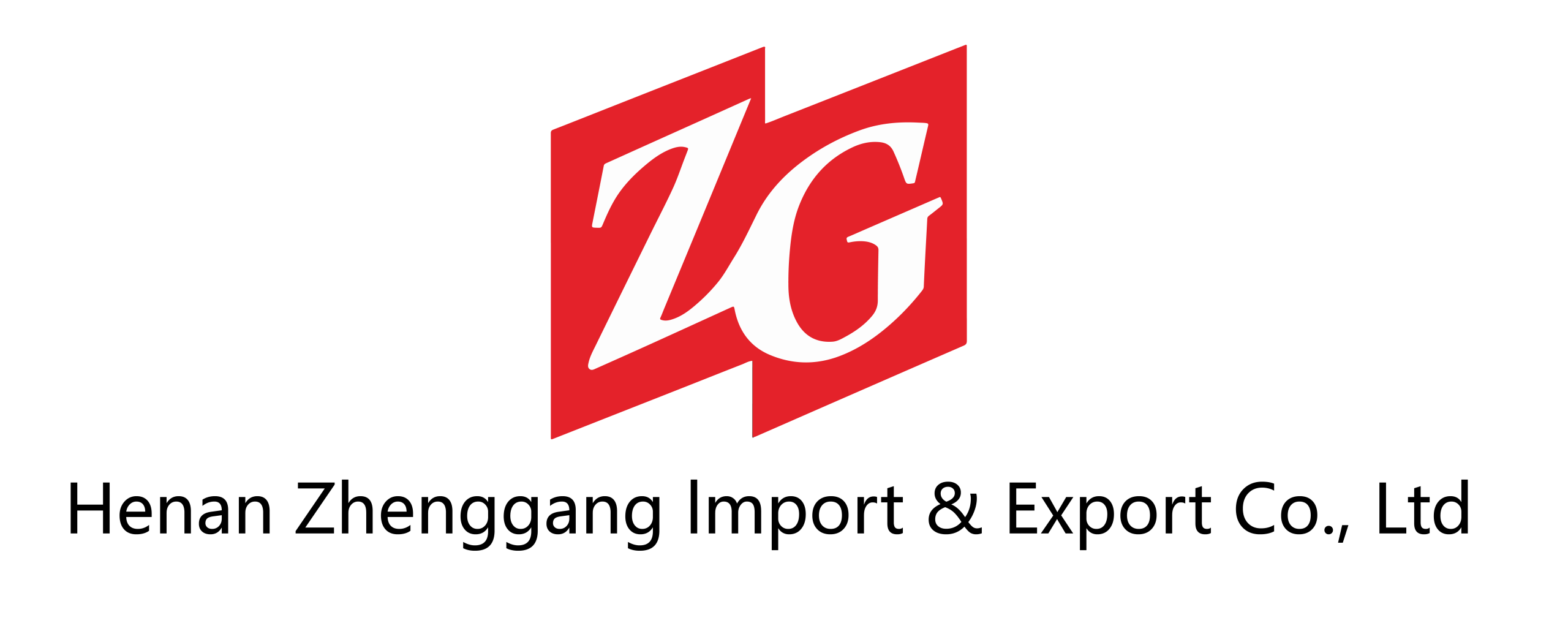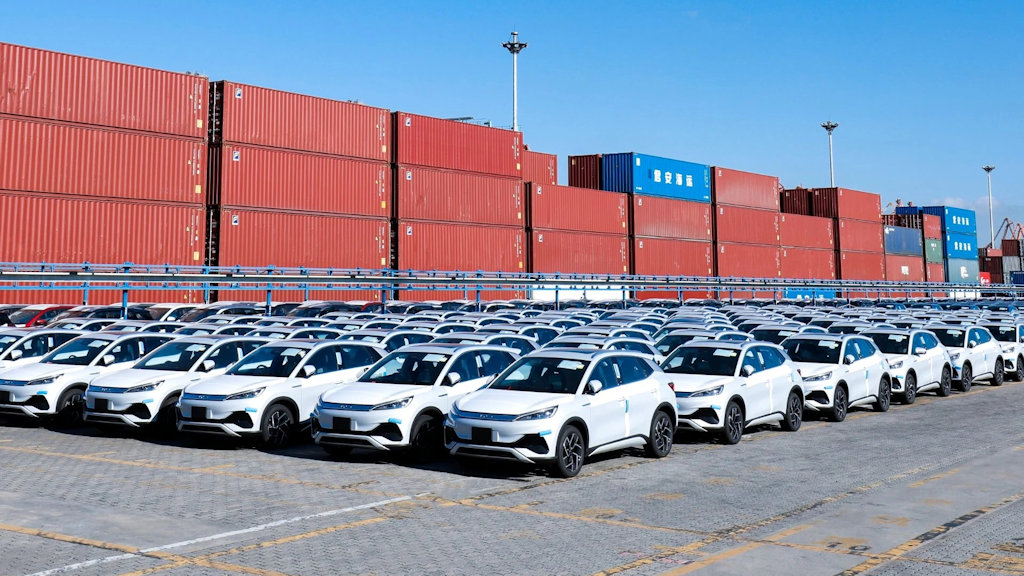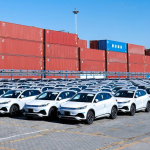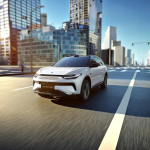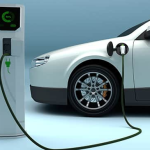Concerns had been raised about overcapacity and brands marking new cars as used to facilitate exports and artificially maintain output.
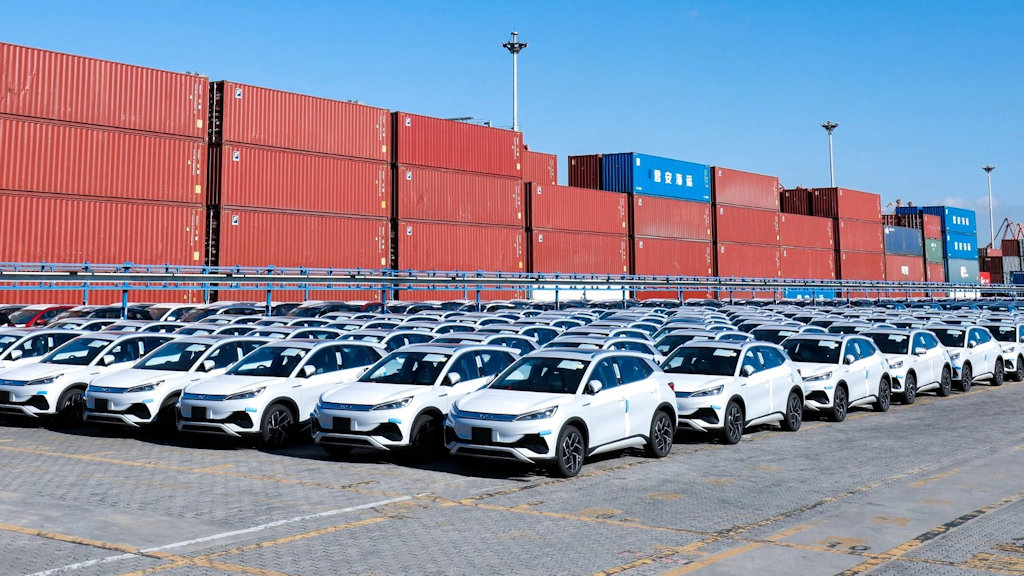
China has introduced stricter regulations for used car exports, targeting the growing trade of barely driven “zero-kilometre” vehicles being sold abroad as second-hand cars.
The Ministry of Commerce (MOFCOM) will now require mandatory third-party inspections and service history verification for all exported used vehicles.
This follows a 58.5% surge in used car exports during 2024 to 436,000 units valued at $6.88 billion.
The rules aim to standardise international sales while addressing domestic overcapacity issues linked to automakers registering unsold new cars as “used” to clear inventory.
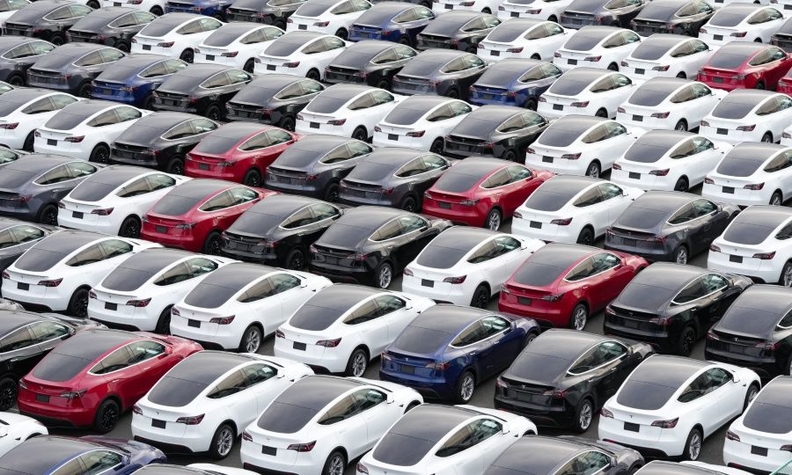
Under the updated framework taking effect immediately, exporters must comply with two key national standard: WM/T 8-2022 for used passenger vehicles, and WM/T 9-2022 for commercial vehicles and trailers.
Each vehicle now requires certification from accredited inspection agencies, with reports submitted to customs.
The Ministry of Commerce has also mandated adherence to destination-country import rules, including emissions compliance declarations.
To improve traceability, regulators are promoting China’s Automotive Maintenance Electronic Health Record System—a digital platform logging repair histories and mileage data.

The policy directly addresses the controversial practice of automakers registering unsold new vehicles as “used” to circumvent inventory reporting.
These “zero-kilometre used cars” often appear in export markets at discounted prices, artificially depressing local prices, and appear to be a solution to a number of challenges in the industry.
One such challenge relates to overcapacity and underutilisation of plants, with China’s passenger car inventory sitting at 3.5 million units in April 2025, and some manufacturers operating at below 50 percent capacity.
And while many larger automakers have stepped up their game in terms of new exports, with brands like BYD, Deepal, XPeng, and Zeekr, expanding into many new markets recently, the growth in the used market of 161,000 units appears to be an outsized rise.

During a May 2025 closed-door meeting, MOFCOM officials warned automakers and platforms like Guazi and Uxin about distorting sales data through such practices.
While the rules raise export barriers, they align with China’s broader strategy which aims to reduce overcapacity by regulating output, improve trust in used vehicles through transparent records, and to maintain trade relations by ensuring exported products meet the standards of the markets they are sold in.
Analysts note the policy could benefit established exporters with robust compliance systems, while smaller traders may struggle with increased administrative costs.
The move follows China’s 2019–2023 pilot export programme, which initially allowed only 30 qualified companies to ship used cars abroad.

Major importers of Chinese used vehicles—including Russia, Central Asia, and Africa—will likely see reduced volumes of ultra-low-mileage cars, however, the emphasis on verified quality standards may strengthen China’s reputation in emerging markets.
As MOFCOM spokesperson He Yadong stated: “This isn’t about restricting trade, but ensuring its sustainable growth.”
With automakers now required to declare actual mileage and provide full service histories, the regulations could mark a turning point in China’s efforts to professionalise its automotive resale sector while addressing systemic overproduction challenges.
